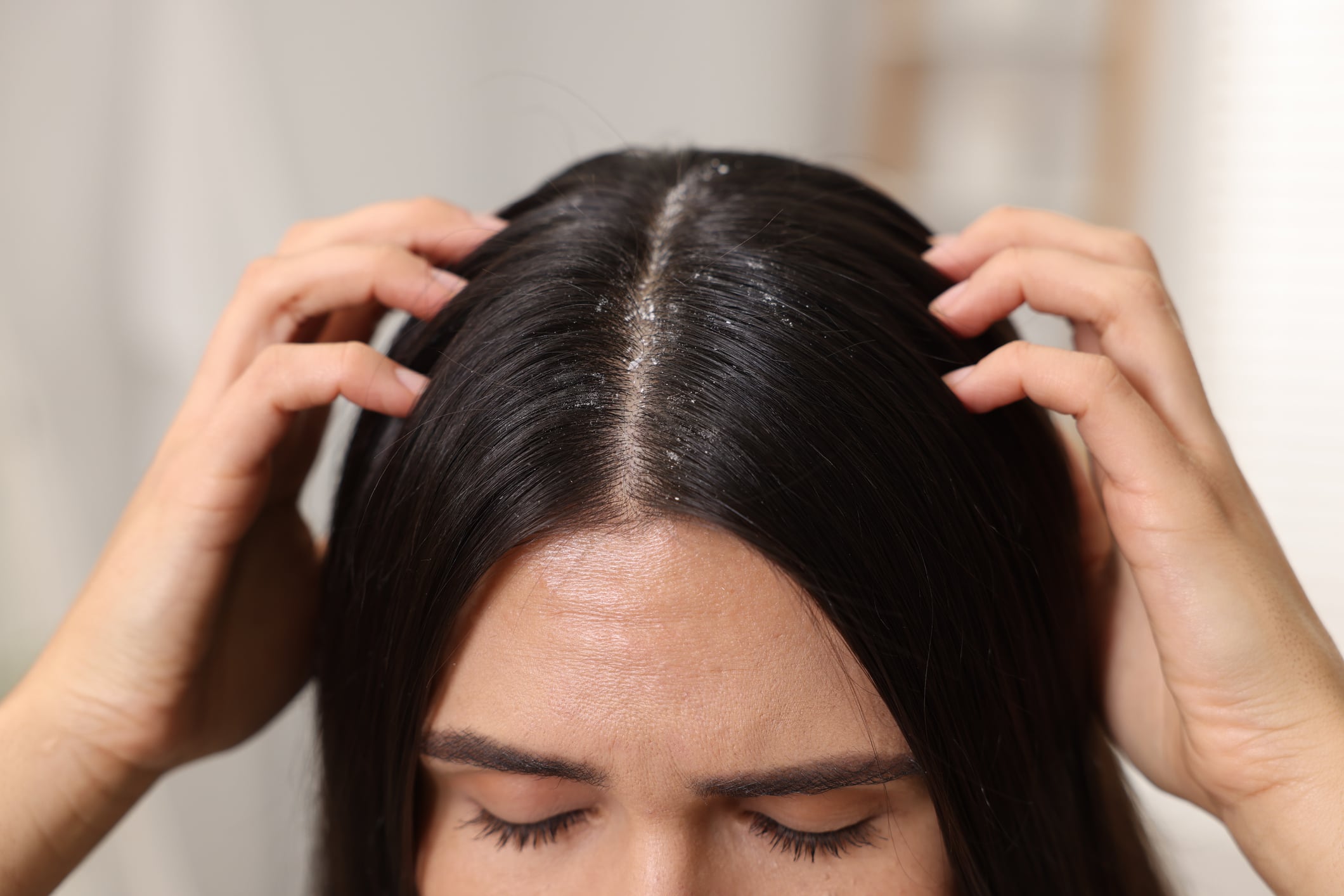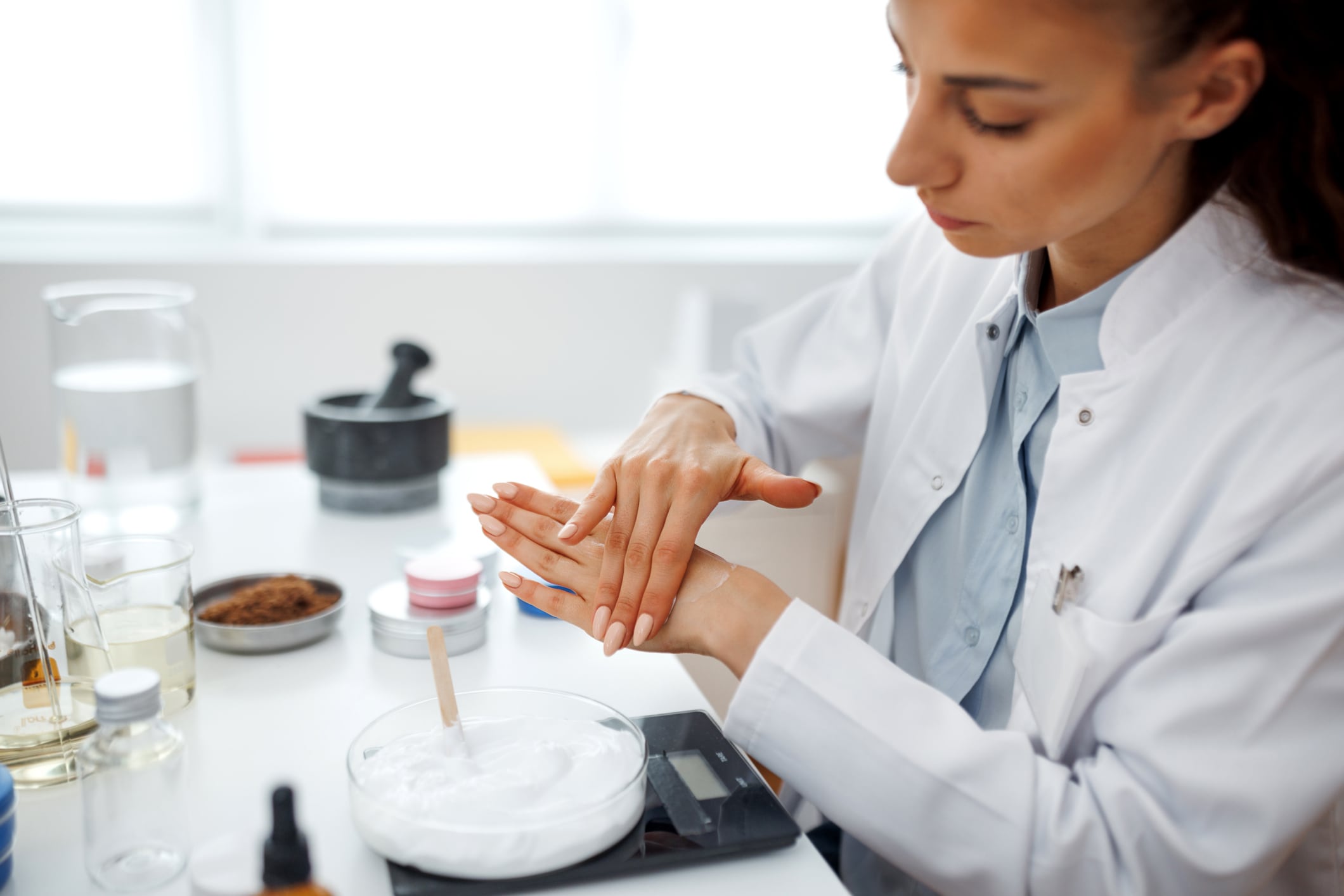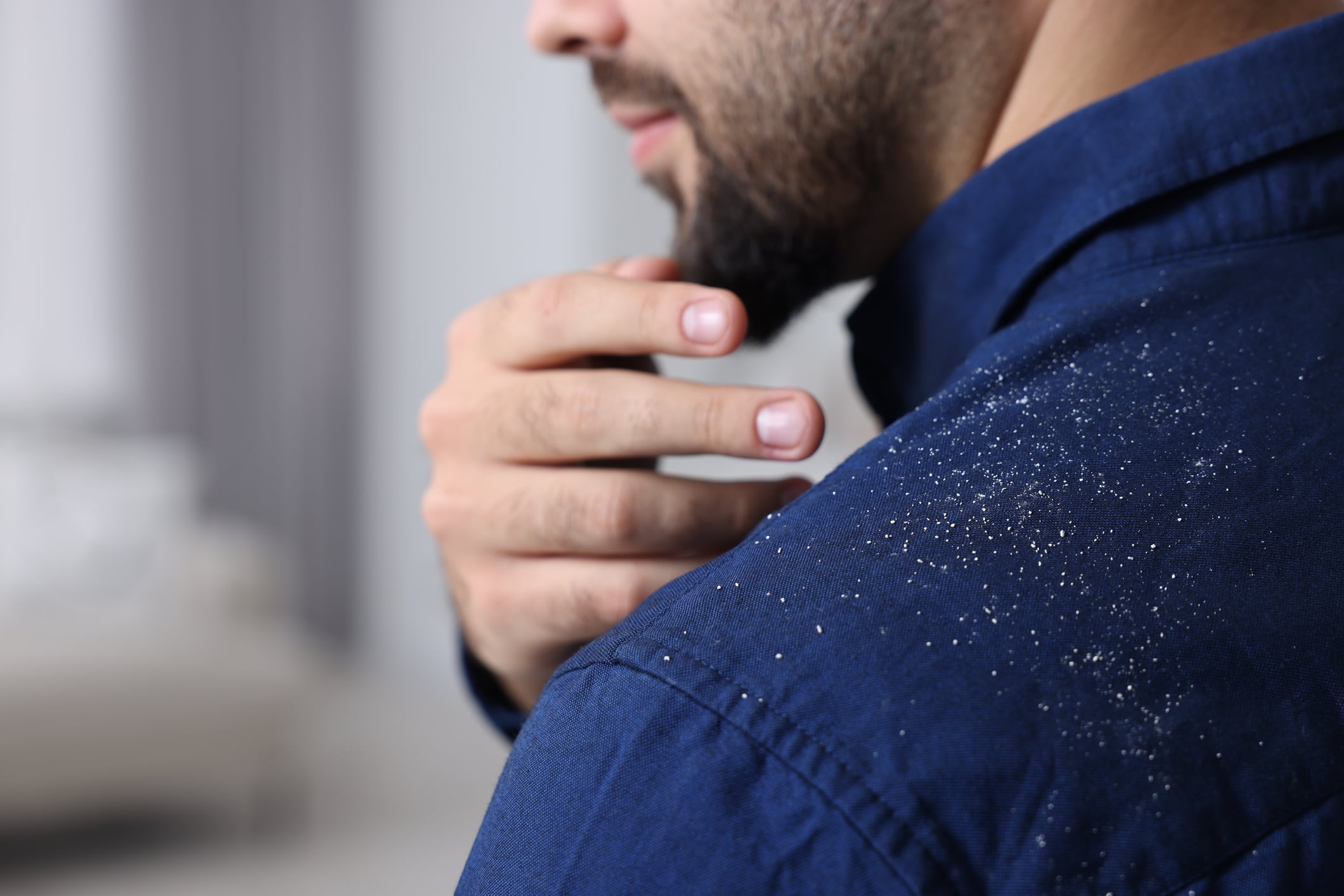A recent study published in The International Journal of Cosmetic Science, led by Kathryn C. S. Locker, senior scientist at Procter & Gamble, sheds new light on the biological processes that occur when individuals discontinue using anti-dandruff (AD) shampoos.
The research, “Understanding the dandruff flare-up: A cascade of measurable and perceptible changes to scalp health,” identified a swift and measurable cascade of physiological changes that precede the return of visible dandruff symptoms.
“Consumers often question why they should continue using an anti-dandruff shampoo once they no longer see dandruff flakes,” Locker told CosmeticsDesign US. “Our data demonstrate that within days of switching from an AD shampoo to a cosmetic shampoo, elevated levels of biomarkers for itch (histamine), oxidative stress (HODE), and inflammation (complement C3, S100A12) are observed on the scalp.”
These changes were accompanied by rapid recolonization of Malassezia fungal load, which researchers noted is a known contributor to dandruff, and a broader microbiome imbalance. “The collective data underscore the fragility of scalp health, illustrating how quickly a stable, asymptomatic scalp can become itchy, irritated, and dandruff-prone,” she added.
Study details
The 28-day study recruited adults with self-identified scalp concerns. After two weeks of using an AD shampoo, participants were randomly assigned to two groups: one that continued using the AD shampoo and the other that switched to a non-AD shampoo. Over the next 28 days, as reported by the researchers, “objective measures of scalp condition were investigated: expert-assessed flaking, scalp impedance, and biomarkers, combined with scalp-care self-assessments.”
Within three days of switching to the non-AD shampoo, researchers observed statistically significant increases in biomarkers linked to inflammation (complement C3), itch (histamine), and oxidative stress (HODE). These changes occurred well before visible signs of flaking appeared, which typically lagged by nearly three weeks.
The group that continued AD shampoo use showed no significant increases in any biomarker and experienced continued improvement in scalp flaking. Malassezia fungal load also rose sharply in the non-AD group within the first week of discontinuation, the researchers reported.
Itch before flakes
One key finding is that these biological shifts occur even before flakes are visible. Locker emphasized that “an itchy scalp is the first perceptible sign that something is awry, but it is often overlooked until other symptoms—dryness, oiliness, redness, flaking—arise and/or the subclinical inflammation intensifies.”
The study supported a proactive scalp care model that doesn’t wait for visible signs to take action. “If early symptoms aren’t ignored and consumers take a proactive approach by including an AD shampoo in their hair care regimen, it will take less effort (and time!) to correct course and rebound the scalp to a healthy state,” she said.
Machine learning
To better understand the relationship between physiological indicators and consumer-reported experiences, the researchers incorporated the Stochastic Mixed-Effect Random Forest (SMERF) machine-learning algorithm, which “afforded a unique opportunity to evaluate the longitudinal data collected for both biomarkers and self-reported symptoms,” Locker explained.
“While further research is needed to validate the model,” she added, ”we are hopeful to drive insights on how to provide more efficacious treatment solutions that address the wide spectrum of consumer scalp care needs.”
Biomarkers and future formulation strategy
Locker’s team highlighted the importance of specific biomarkers in scalp health assessment and formulation development. “We quantify changes in specific biomarkers that are measured via non-invasive methods and well-characterized and cited in the literature for the role they play in skin and scalp health,” said Locker.
She noted, “Histamine is an established marker of itch and complement C3 protein is indicative of an early innate immune response,” and added that “it is likely that the industry will continue to leverage biomarkers as signposts for evaluating new ingredients and formulations that deliver scalp benefits.”
Formulation guidance
Locker highlighted that even consumers who are not actively experiencing dandruff can benefit from regular use of AD shampoos. “This study demonstrates that there are many scalp health benefits afforded by regular use of an AD shampoo—even for those who don’t struggle with dandruff,” she said.
In addition to AD actives, she encouraged formulators to “consider using mild surfactants and ingredients that soothe and moisturize the scalp to promote barrier renewal.” She concluded, “The best AD shampoo is the one that gets used regularly, which is why Head & Shoulders intentionally designs a variety of formulas to complement every individual’s unique hair care regimen.”
Source: International Journal of Cosmetic Science
https://doi.org/10.1111/ics.13067
“Understanding the dandruff flare-up: A cascade of measurable and perceptible changes to scalp health.”
Authors: S. Locker, K. C., et al.





